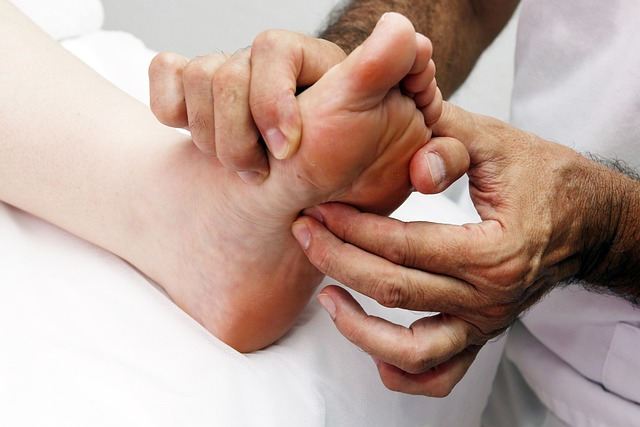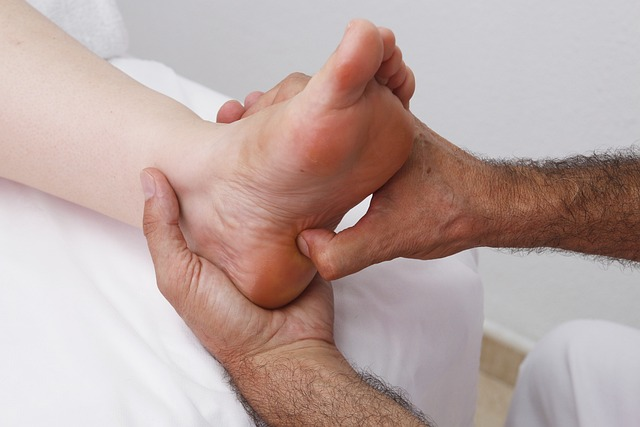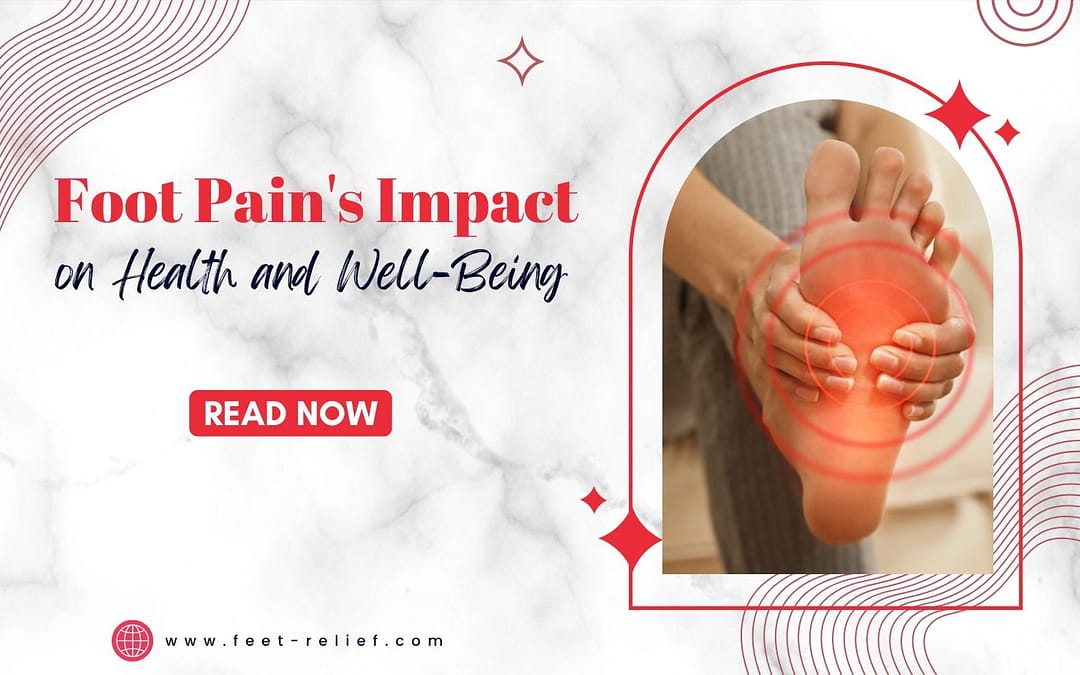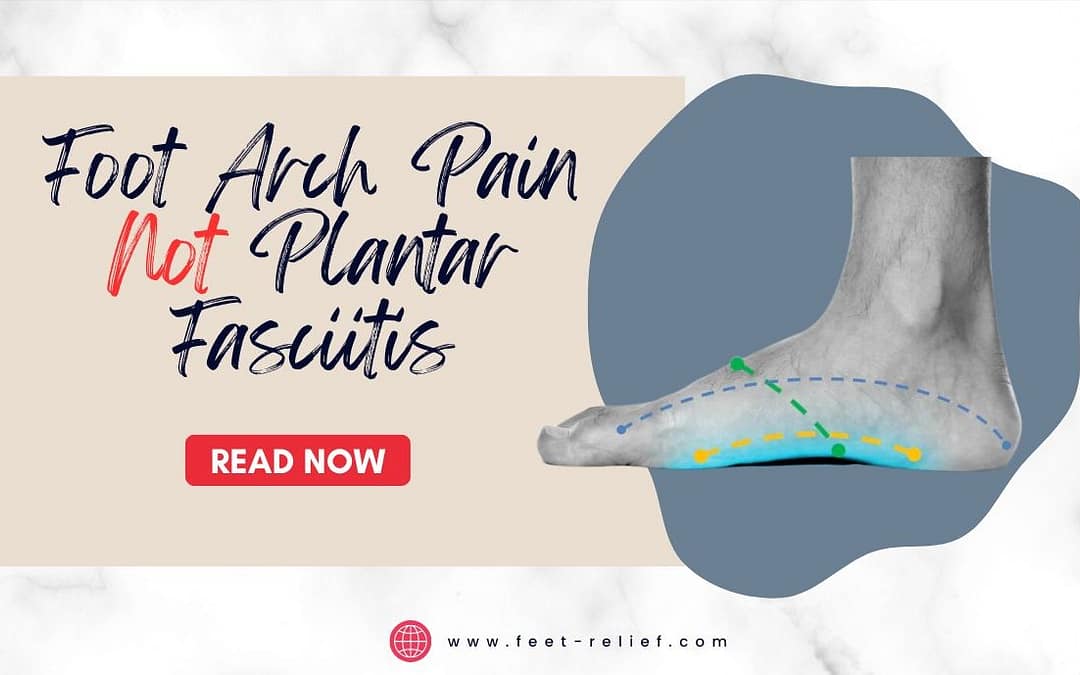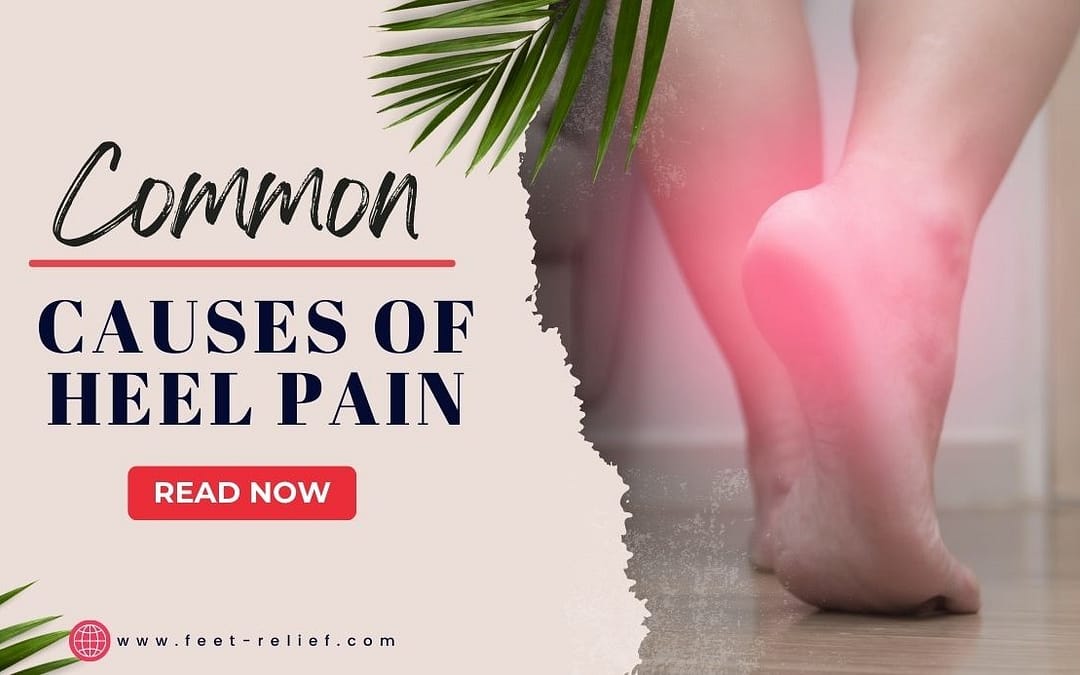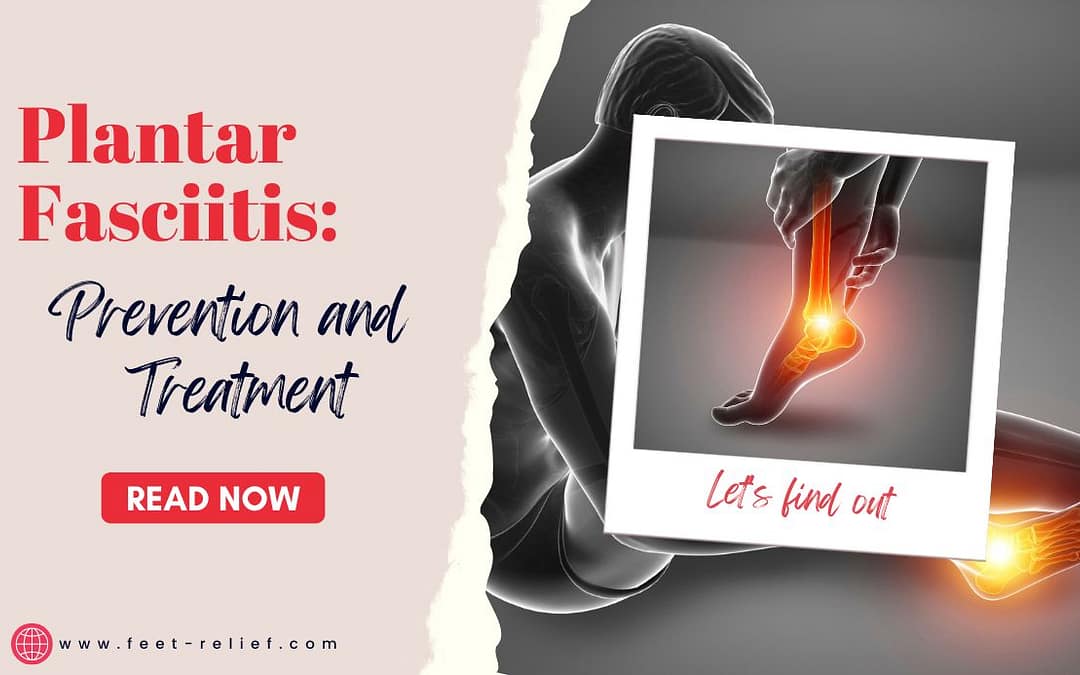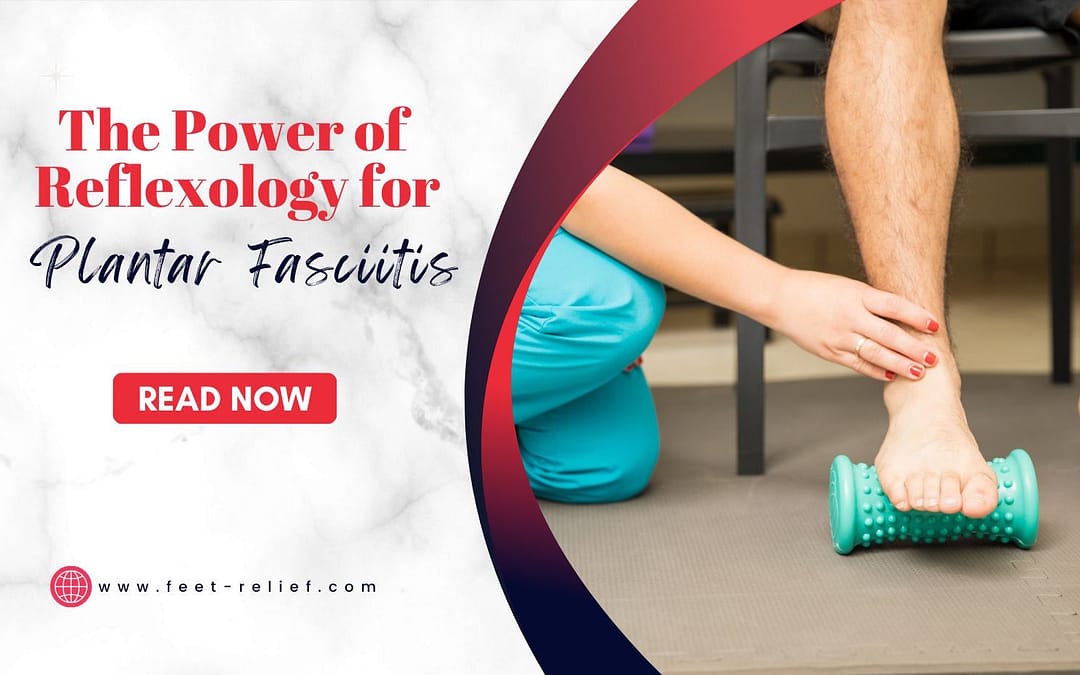
The Power of Reflexology for Plantar Fasciitis
Unlocking Relief: The Power of Reflexology for Plantar Fasciitis
You wake up in the morning, you swing your feet off the bed, and you experience a sharp, stabbing pain in your heel. You’ve been diagnosed with plantar fasciitis – a condition causing discomfort primarily in the heel and bottom of the foot. It’s a common condition that affects millions of people worldwide. But what exactly is plantar fasciitis? Can using reflexology for plantar fasciitis help relieve the pain?
Understanding Plantar Fasciitis
In layman’s terms, plantar fasciitis is inflammation of the plantar fascia, a thick band of tissue that runs along the bottom of your foot, connecting your heel to your toes. The pain you feel is a result of this inflammation. It is most severe in the morning when you take your first steps, after standing or sitting for long periods, or when climbing stairs or after intense activity.
There’s no need to lose hope, though. There are various ways to manage and treat plantar fasciitis, and one such method that has gained popularity in recent years is reflexology. This ancient practice could potentially offer relief from the pain of plantar fasciitis, allowing you to reclaim your mobility and your life.
What is Reflexology?
Reflexology, a practice dating back to ancient Egypt and China, is more than just a relaxing foot massage. It’s a holistic healing technique that works on the principle that your feet (and hands) are a mirror of your body, with different areas corresponding to different organs and systems.
IN THEORY
The theory behind reflexology is that by applying pressure and massaging these specific areas, you can stimulate the corresponding body parts and promote healing. Imagine your foot as a switchboard, connecting to every part of your body. By pressing the right ‘buttons’, you can potentially alleviate a range of health issues – including plantar fasciitis.
Reflexology is not a cure-all, but it is a complementary therapy that can work alongside conventional medical treatments. It aims to treat the whole person, not just the symptoms, promoting overall health and wellbeing.
How Does Reflexology Work?
To understand how reflexology works, you need to delve into the concept of ‘energy’. Reflexologists believe that our bodies are filled with life energy, known as ‘Qi’ in traditional Chinese medicine. When this energy flows freely, we experience good health. However, stress, illness, or injury can block these energy pathways, leading to discomfort and disease.
relief for foot pain
Reflexology aims to unblock these energy pathways and restore balance to the body. It does this through a combination of unique thumb, finger, and hand techniques applied to specific areas on the feet. These pressure points correspond to different parts of the body, and by manipulating them, reflexologists aim to stimulate the body’s healing process.
The practice of reflexology is relaxing and stress-relieving, which in itself can promote healing. Stress can exacerbate many health conditions, including plantar fasciitis, and by reducing stress levels, reflexology may help alleviate the symptoms of this condition.
Related: How Home Foot Massagers Improve Circulation and Boost Health
The Benefits of Reflexology for Plantar Fasciitis
When it comes to reflexology for plantar fasciitis, the potential benefits are numerous. Firstly, reflexology can help alleviate pain. By manipulating the specific reflex points associated with the areas affected by plantar fasciitis, reflexologists can potentially provide relief from the discomfort associated with this condition.
Secondly, reflexology can improve circulation in the feet, which can help reduce inflammation and promote healing. By stimulating the blood flow to your feet, reflexology can help deliver vital nutrients and oxygen to the tissues, aiding in their recovery.
Finally, reflexology can help restore balance to the body, promoting overall health and wellbeing. By working on the whole body, reflexology can help correct imbalances that may contribute to plantar fasciitis, such as poor posture or misalignment.
Science Behind Foot Reflexology and Plantar Fasciitis
The science behind foot reflexology and plantar fasciitis is still a topic of ongoing research. However, several studies suggest that reflexology may have therapeutic benefits. For instance, a study published in the Journal of Physical Therapy Science found that reflexology could reduce pain and fatigue in the feet of women with plantar fasciitis.
Specifically, this study saw participants receiving reflexology treatments for six weeks. The results showed significant improvements in their pain levels and foot fatigue, suggesting that reflexology could be a useful complementary therapy for plantar fasciitis.
However, it’s essential to note that more research is needed to fully understand the mechanisms of how reflexology works and its long-term effectiveness in treating plantar fasciitis.
Related: Understanding Common Foot Problems
How to Perform Foot Reflexology for Plantar Fasciitis
Performing foot reflexology for plantar fasciitis is something you can do at home as part of your self-care routine.
Here’s a simple method to try:
- Begin by soaking your feet in warm water for about ten minutes. This can help soften your feet and prepare them for the reflexology session.
- Once your feet are warmed up, start by applying gentle but firm pressure to the areas of your feet that correspond to your plantar fascia. You can do this using your thumbs or a reflexology tool.
- Gradually work your way up your foot, paying particular attention to any areas that feel tender or painful.
- After working on the reflex points, finish your session by giving your feet a general massage to relax the muscles and promote circulation.
Remember, reflexology should never be painful. If you experience any discomfort during your session, reduce the pressure or stop altogether.
Does Reflexology Help Plantar Fasciitis? Real Experiences
Many people have shared their experiences about the effectiveness of reflexology for plantar fasciitis. Some have reported significant improvements in their pain levels and mobility after incorporating reflexology into their treatment plan, while others have noticed an overall sense of relaxation and wellbeing.
Long-Distance runner
Teachers stand many hours
Another testament comes from a teacher who spends long hours on her feet. She found relief from her plantar fasciitis symptoms after having weekly reflexology sessions. While her symptoms did not disappear entirely, she found that her pain levels were more manageable.
While these experiences are encouraging, it’s important to remember that everyone’s experience with reflexology will be different, and what works for one person may not work for another.
Related: Foot Arch Pain Not Plantar Fasciitis?
Best Reflexology Techniques for Plantar Fasciitis
There are several reflexology techniques that can be particularly beneficial for those suffering from plantar fasciitis. These include:
- The thumb walk: This technique involves using the pads of your thumb to ‘walk’ across your foot, applying pressure as you go. This can be particularly effective for reaching the deeper tissues of the foot.
- The finger walk: Similar to the thumb walk, this technique involves using your fingers to apply pressure to the foot. This can be useful for targeting smaller, more precise areas.
- The hook and back up: This technique involves using your thumb to ‘hook’ into a reflex point and then pulling back. This can help to stimulate deeper reflex points and promote healing.
Remember, it’s always best to consult with a professional reflexologist or a healthcare provider before starting any new treatment regime.
Is Reflexology Good for Plantar Fasciitis? The Medical Perspective
From the medical perspective, reflexology is generally considered a safe and non-invasive complementary therapy for plantar fasciitis. However, it’s important to note that reflexology is not a substitute for conventional medical treatment.
Many healthcare providers recognize the potential benefits of reflexology for plantar fasciitis, including pain relief, improved circulation, and stress reduction. However, they also emphasize the importance of using it alongside other treatment methods, such as physical therapy, medication, and lifestyle changes.
In conclusion, while reflexology may not cure plantar fasciitis, it could potentially offer an additional avenue of relief for those living with this condition.
Reflexology treatment for Plantar heel pain
Reflexology for plantar fasciitis can be a beneficial part of a comprehensive treatment plan to relieve pain. While it may not provide a cure, many find that it provides significant relief from their symptoms and improves their overall quality of life.
However, podiatrists encourage you to remember that reflexology should be used as a complement to traditional medical treatment, not as a replacement. Before starting any new treatment, it’s always a good idea to consult with your healthcare provider.
Ultimately, the healing power of reflexology lies in the potential it holds for unlocking relief from the pain of plantar fasciitis, and giving you back your mobility, your comfort, and your life.

